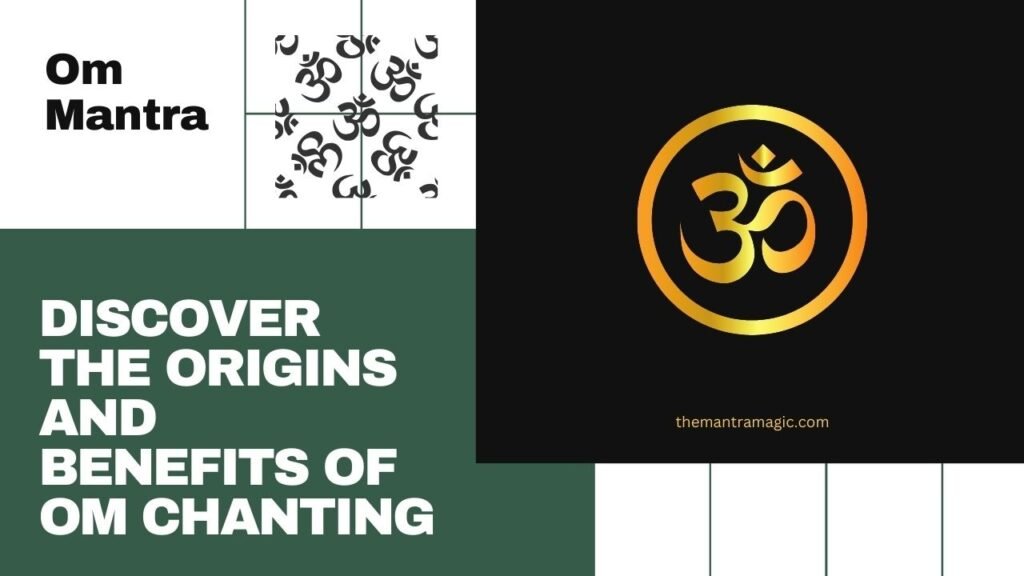Dr. Ashutosh Upadhyay
The Om mantra, a sacred syllable in the spiritual practices of Eastern traditions, has a rich history that dates back thousands of years. Its origins and significance are deeply rooted in ancient texts and have permeated various cultures and religions throughout the East.
The Vedic Beginnings
The earliest mention of the Om mantra is found in the Vedas, the oldest scriptures of Hinduism, composed around 1500-1200 BCE. The Om sound is a summary of the essence of the Vedic teachings, encapsulating the universe’s fundamental principles and the nature of existence. It emerged as a critical element of the Vedic rituals and was considered the sound of the cosmos, the original vibration from which all other sounds and creations emerged.
Upanishads and the Expansion of Om
The significance of Om continued to evolve in the Upanishads, which are philosophical texts that explore the inner meaning of the Vedas. The Mandukya Upanishad, dedicated entirely to explaining the meaning of Om, describes it as the past, the present, and the future, and beyond time itself. It is the very self, and its chanting leads to self-realization.
Om in Buddhism and Jainism
Om’s influence extended beyond Hinduism into other Eastern traditions such as Buddhism and Jainism. In Buddhism, Om corresponds with the crown chakra and is often chanted at the beginning and end of readings and meditations, symbolizing the entire universe’s nature and existence. In Jainism, Om is considered a condensed form of reference to the five parameshthis, or the five supreme beings, and is used during meditation and recitation of spiritual texts.
Sikhism and the Sacred Omkar
Sikhism, which emerged in the 15th century, also incorporates the Om mantra. Guru Nanak, the founder of Sikhism, equated Omkar with the one supreme reality, God. It is a symbol of the unity of God in Sikhism, and its vibration is said to maintain the cosmic order.
Om Across Cultures
The Om mantra transcends religious boundaries, becoming a universal symbol of peace, harmony, and spiritual awakening. Its sound is said to align the individual’s energy with the universe, creating a connection that is both grounding and transcendent.
The Om mantra’s historical significance is vast and profound. From its Vedic origins to its adoption in various Eastern traditions, Om represents the ultimate reality and the interconnectedness of all life. Its sound continues to be a source of inspiration and meditation, a reminder of the deep spiritual heritage shared across cultures.
The Om mantra is not just a symbol of spiritual identity but also a bridge between the ancient world and modern spiritual practices. Its historical significance and the universality of its appeal make it a timeless icon of the quest for understanding and enlightenment.

